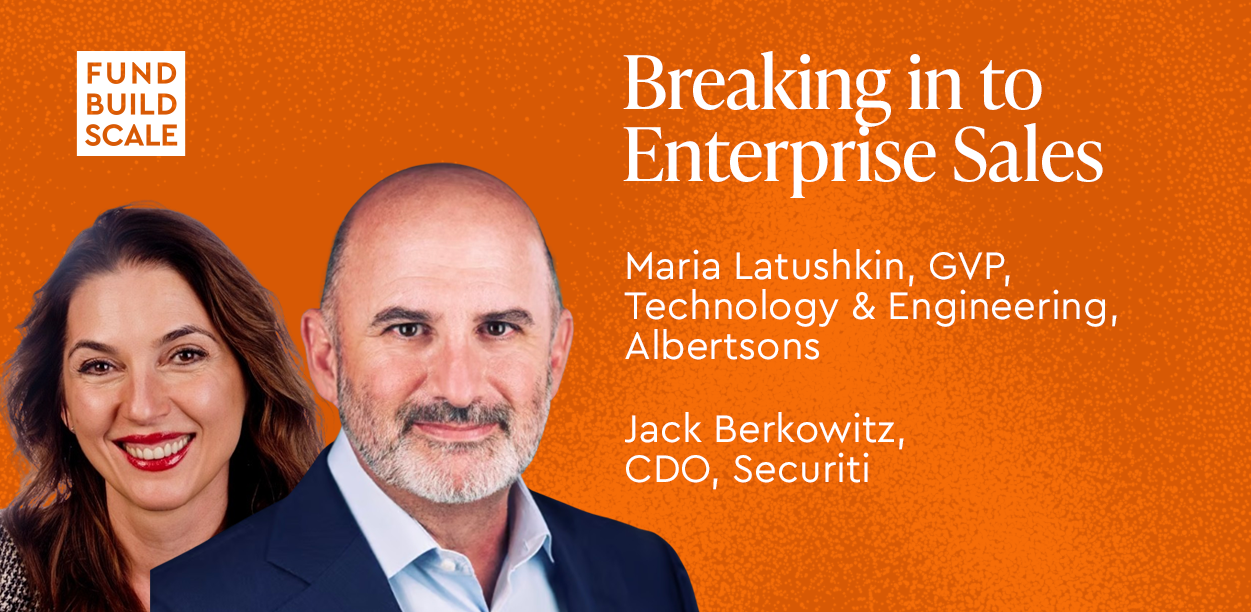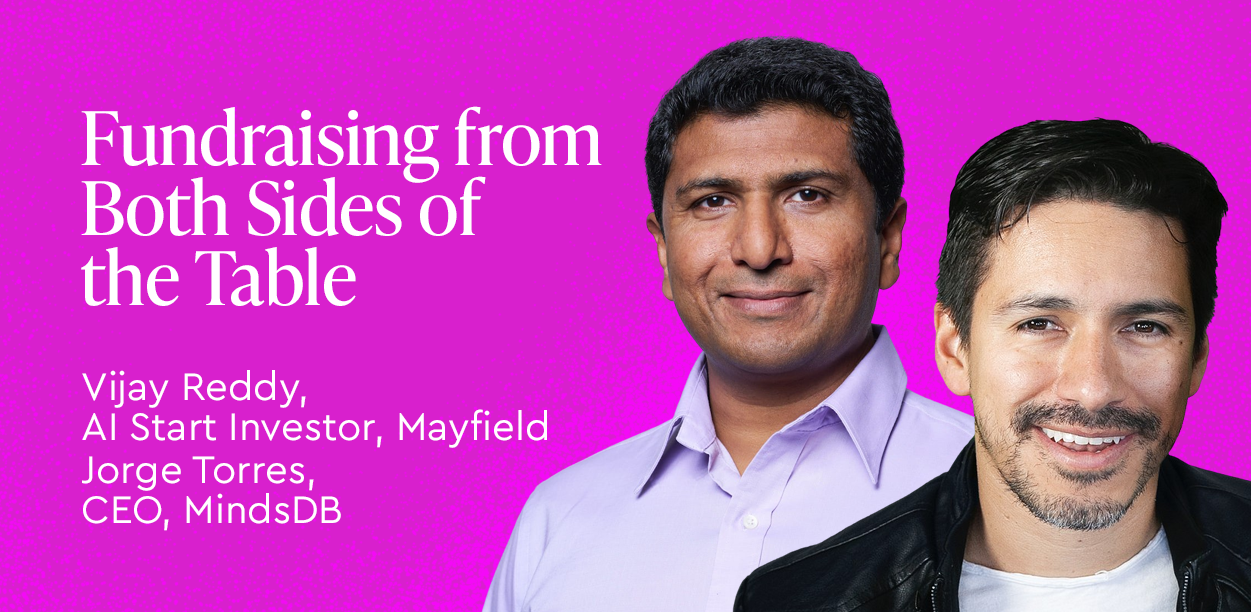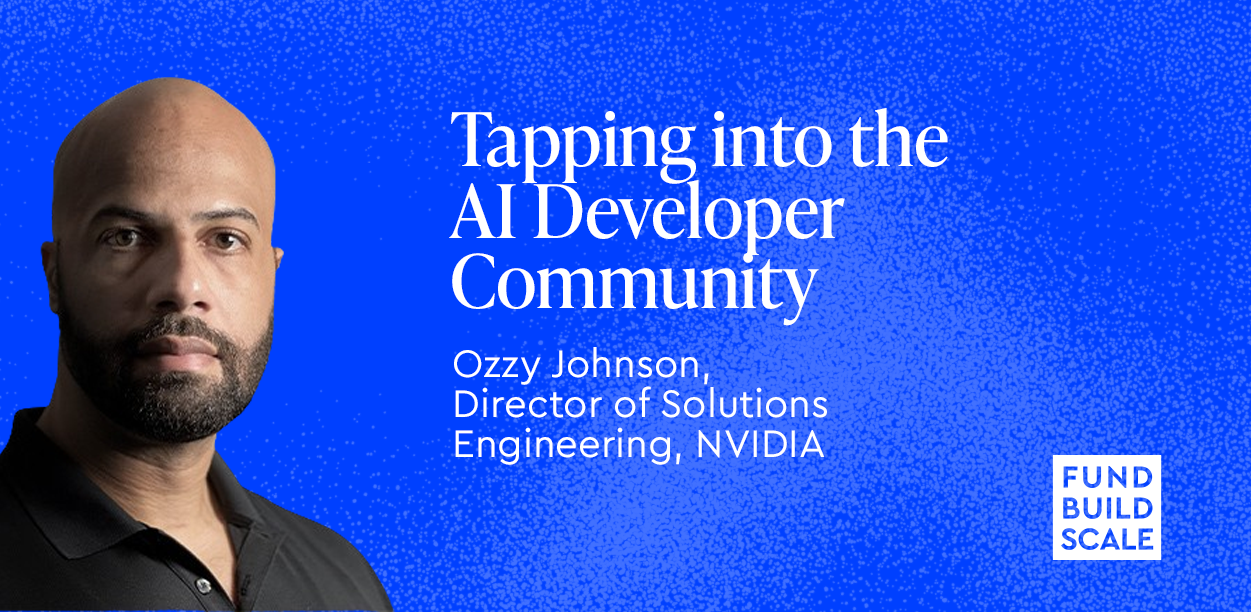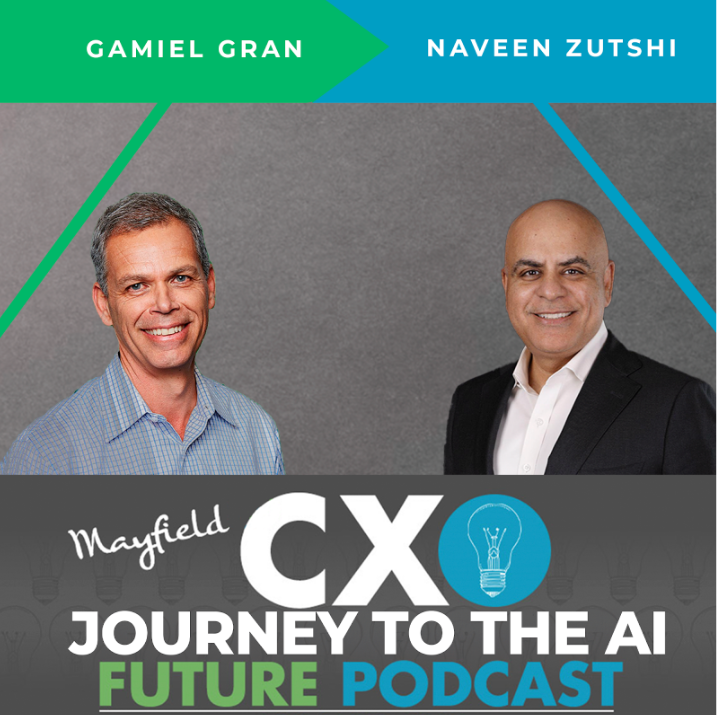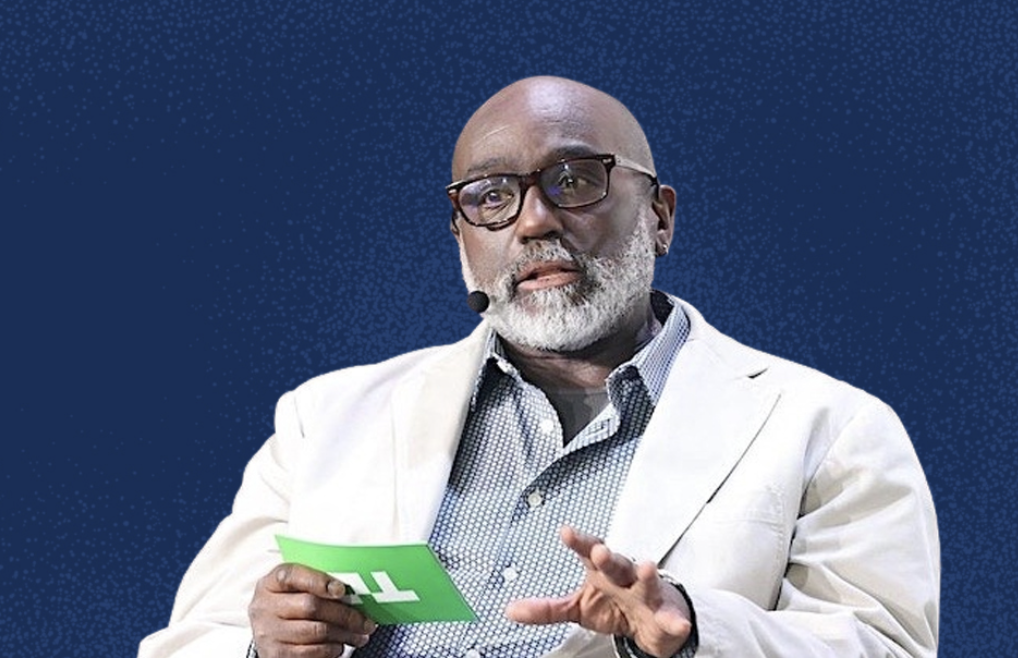Listen to the podcast here:

Commercial aviation is 106 years old, but one airline has discovered an innovative way to bring fresh ideas to air travel. On today’s CXO of the future podcast, Gamiel Gran and his frequent guest host, Patrick Naef, the former CIO of Emirates, talk with Eash Sundaram, JetBlue’s Chief Digital and Technology Officer and the Chair of JetBlue Technology Ventures, a wholly owned subsidiary of JetBlue Airways. Eash is a member of the executive leadership team and is responsible for technologies, digital, and innovation for the airline. He also oversees strategy, vision, and implementation of technology solutions that align with the value airline’s business model to offer consistent service and maximize investment.
Background
Most people in the role of CIO started in technology, but not Eash: he kicked things off on the transportation and logistics side of the house. He started as a frontline employee at an American container terminal and with his deep passion for transportation he slowly grew through the ranks. While in school he studied CS, but continued to view technology as a critical toolkit rather than a skillset.
“The biggest inspiration at the beginning of my career came from Michael Dell who really revolutionized the supply chain industry by leveraging technology. The direct sales model and a frictionless supply chain offered such a superior experience for customers and suppliers. I learned how impactful technology can be in driving this kind of differentiation. Technology has become my business and with JetBlue Technology Ventures, and we have taken JetBlue from an airline into a travel tech company. It has been a fascinating experience for me.”
The Role of CIO in the Airline Industry
“I started at JetBlue as the Chief Information Officer. As the head of technology for a company like JetBlue you have the necessary access to learn about and influence many different departments within the company. My role as a CIO was felt more like a “Chief Integration Officer,” and over the last several years it has evolved into Chief Digital & Technology Officer. My first responsibility within JetBlue is to lead our digital organization, which runs the technology aspect of shopping merchandising, and digital self service functions. Second, I lead our technology organization, which is a solid enabler for us in driving JetBlue’s success. Finally, I also lead the data science group and JetBlue Ventures, which I believe will be key parts of the future of our organization. JetBlue Technology Ventures invests in and partners with early stage startups that are working to improve travel and hospitality. It’s driving a significant amount of innovation and we view it as a significant investment for us into the future.”
Leading & Driving Innovation
“There is a code that comes to mind from Steve Jobs: ‘Innovation distinguishes between a leader and a follower.’ And I believe that in the case of JetBlue, where innovation is in our DNA. We started with live televisions on the seat backs starting from our first flight. That was radical thinking in our industry at the time and over the years JetBlue has continued to move the industry forward.
Eash believes the four key aspects that have helped him personally lead teams to drive innovation are:
Simplicity. It’s very hard to break down complex concepts in a simple way, but it’s critical to your organization. Airbnb, Uber and Amazon, for example, made something that was very complex
seem simple.
Learning. It’s a critical survival skill for the enterprise. At JetBlue, Eash has created an organization populated by people who understand the value of learning and changing as the industry evolves from a technology and a people standpoint.
Self-Awareness. With the speed at which changes are happening, you need to know yourself, your strengths and your weaknesses. Otherwise, it’s tough to adapt to new ways of doing business.
Empathy. It’s important to understand the art of championing empathy with your customers and your employees, and understanding who they are as human beings (vs just data points). At the end of the day you work with people and you build products to sell to people. Having that empathy has been a key to Jet Blue’s success.
Creating Resiliency and Leadership in a Network Driven World
Patrick
“The airline industry is unique in that airlines recognize the need to collaborate with each other and create companies that support the industry. SITA, for instance, is a company that provides IT services and telecommunications services to the airline industry. It was founded 70 years ago when it became clear that it didn’t make sense for every individual airline to build their own connectivity to remote airports. I was on the board of SITA when I was CIO of Emirates and convinced Eash and Roland Schuetz of Lufthansa to join the board as well. Despite our competition, we were able to collaborate, share information and do good things for the industry. Plus, a real friendship emerged out of this. I really miss that camaraderie of airline CIOs that I was able to share for so many years.”
Eash
“One of the unique things about our industry is the number of touchpoints that our customers and our crewmembers (JetBlue employees) have to navigate. An average customer goes through about 400+ touchpoints from the time they start researching travel to the time they finish travel. Providing seamless integration of these touchpoints is such a critical aspect of our business. The power that technology brings to provide this seamless integration is the biggest enabler for us.”
Patrick
“And it’s also the role of the Chief Innovation Officer. I think JetBlue Ventures is a perfect example. We work together a lot because I was interested in driving innovation with access to the Valley. Most would assume we were competing in the market, but we joined forces and leveraged our collective intelligence. I think it’s a key part of the CIO’s role in today’s companies to drive innovation through technology.”
The Innovation Process
“Commercial aviation is 106 years old. This industry has only seen mergers, acquisitions, and bankruptcy. When we started thinking about JetBlue Technology Ventures, it was really about future-proofing JetBlue. By expanding our product portfolio, we transformed from being an airline to being a travel tech company.
Innovation, as I mentioned earlier, is in JetBlue’s DNA. We’ve always looked at building differentiated products and experiences. With JetBlue Technology Ventures, we are tapping into a large and diverse group to execute innovation faster. We want to be the platform that startups come to in order to use and scale their products. We want to give them the opportunity on our platform to drive that kind of change.”

Skillset for Talent
“The first skillset we always look at is the passion to deliver new generation experiences. JetBlue is full of opportunities for people who share our obsession with customer service and for the culture within JetBlue. We tell people when they’re hired “You can think differently, and you can act differently.
We will provide the toolkit for you to successfully transform our business.” Ventures is a platform for
all of these energetic, excited people to leverage the toolkit available and to change the way we
future-proof JetBlue.”
How Startups Can drive the Future-Proof Thesis
Eash
“Traditional companies tell you what they have done for another airline. Startups have a ‘Hey, here is a
new opportunity that you haven’t thought about’ approach.
Large companies, on the other hand, tend to have constraints around how you can take a relatively young product and move it through the process. We take quite a bit of time to understand the product and go through the cycle which takes more time than a start-up can afford. But startups that understand the time horizon, can deliver small chunks, and show results that can make a big impact for us.
My advice to startups: don’t venture into a space that is not your core. Playing where you can add the most value is such an important thing. Startups succeed when they have one idea that works and they go deep, not broad. Going too broad dilutes your capability to deliver. Going deeper and being impactful is such a big deal for us in terms of working with startups.”

Patrick
“When we were trying to insert ourselves into that innovation ecosystem in the Valley, in Berlin and in London early on, we dedicated resources to an innovation lab and soon realized you can’t delegate innovation to a team because it becomes an ivory tower that will not be accepted by the rest of the organization. We recognized that everyone in the company needs to be part of this innovation spirit.
Startups typically fall in love with their solution. They approach companies like ours and want to sell the solution without understanding what the problem is. Instead, they should think about the business problem they want to solve before pitching a solution.”
Eash
I visited Mayfield for the first time four years ago when JetBlue started thinking about a venture set up — and I see a big difference between what each of us do. At Mayfield I see the diversity of thinking, the diversity of the portfolio, and the maturity of the companies. Sometimes you need to know where to go to drive these innovations. We have multiple challenges that we are trying to address and not everything fits into one box. Our source of innovation comes through venture firms like Mayfield. But our own setup is limited to the five or six teams. Patrick opened up a great process by tapping into universities (such as his partnership with Carnegie Mellon and Stuart Evans) and we are following suit.
5 Takeaways for the CXO of the future
1 – Your time is limited so act fast, be quick. Build relationships. That’s the best source of knowledge and influence you can have. The conversations we are having in this podcast are such a powerful thing for me and a great way to gain new insights in our industry.
2 – As Bill Gates said, your most unhappy customer is your greatest source of learning. You really want to learn from the voice of the customer.
3 – If you want to walk fast, walk alone. But if you want to walk far, walk together.” – Ratan Tata
4 – We need to learn how to leverage each other, regardless of industry, to drive anything going forward.
If you attempt to build everything without collaboration it will take years.
5 – Be self-aware. With the speed at which changes are happening, you need to know yourself, your strengths and your weaknesses. Otherwise, it’s tough to adapt to new ways of doing business.
Important Links:
Roland Schuetz – Previous episode
Eash Sundaram

Eash Sundaram serves as JetBlue’s Executive Vice President, Chief Digital & Technology Officer, and the Chair of JetBlue Technology Ventures, a wholly owned subsidiary of JetBlue Airways. He is a member of the Executive Leadership Team and responsible for technologies, digital and innovation for the airline. He oversees strategy, vision and implementation of technology solutions that align with the value airline’s business model to offer consistent service and maximize investment. Prior to JetBlue, Mr. Sundaram worked at Port Washington, New York-based Pall Corporation — a global business in the diverse field of filtration, separations and purifications. At Pall, he most recently served as Senior Vice President Global Supply Chain and Chief Information Officer. Before joining Pall, he served in a variety of leadership positions with increasing global responsibilities in Technology, Operations with McKesson-PSS World Medical, i2 Technologies, ALK Technologies & the Sea Horse Group.
Mr. Sundaram holds a Master’s Degree in Transportation Management from the State University of New
York and a Bachelor’s Degree in Science & Engineering from MK University, in India.
Join The CXO of the Future Community today:



